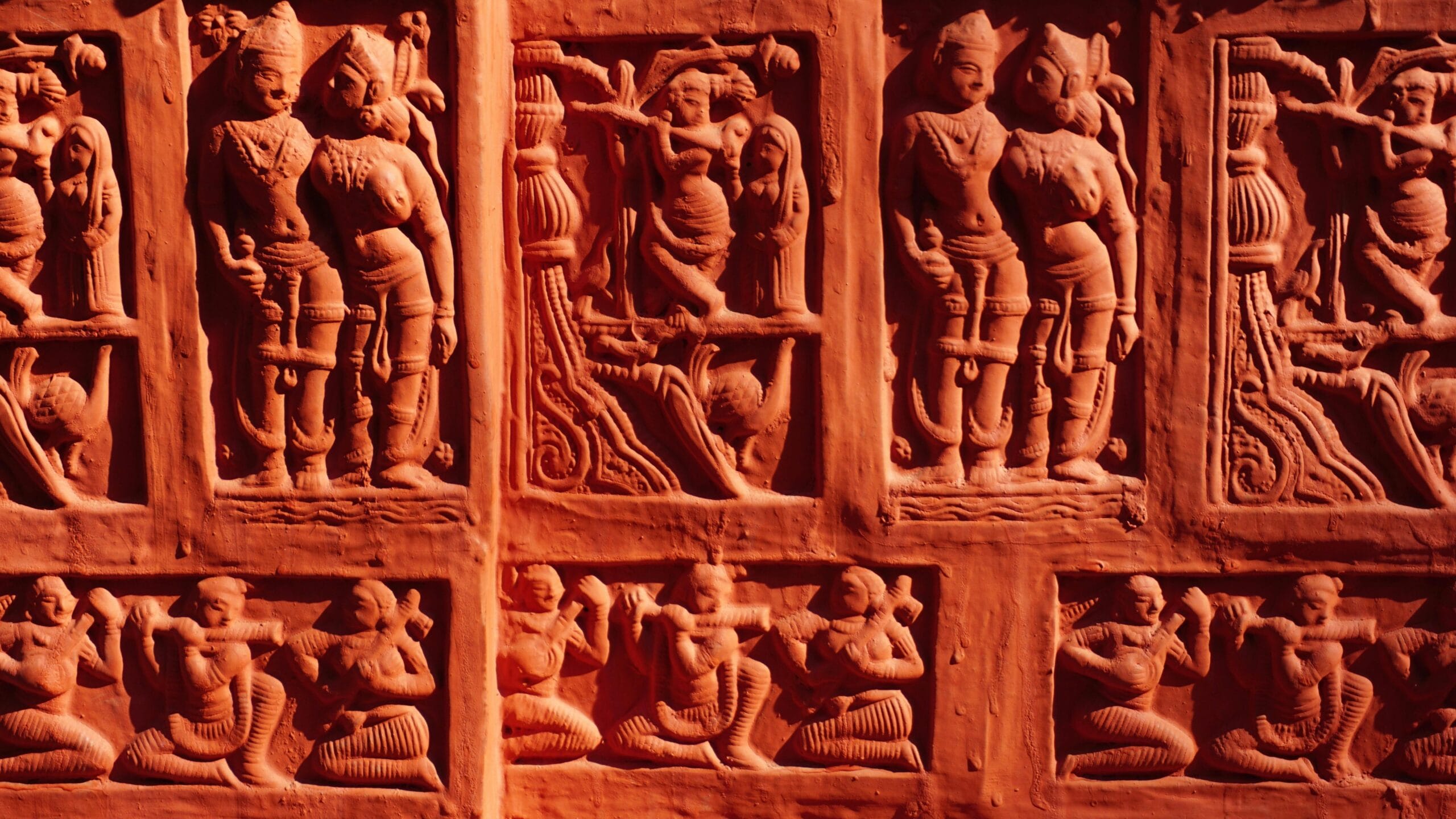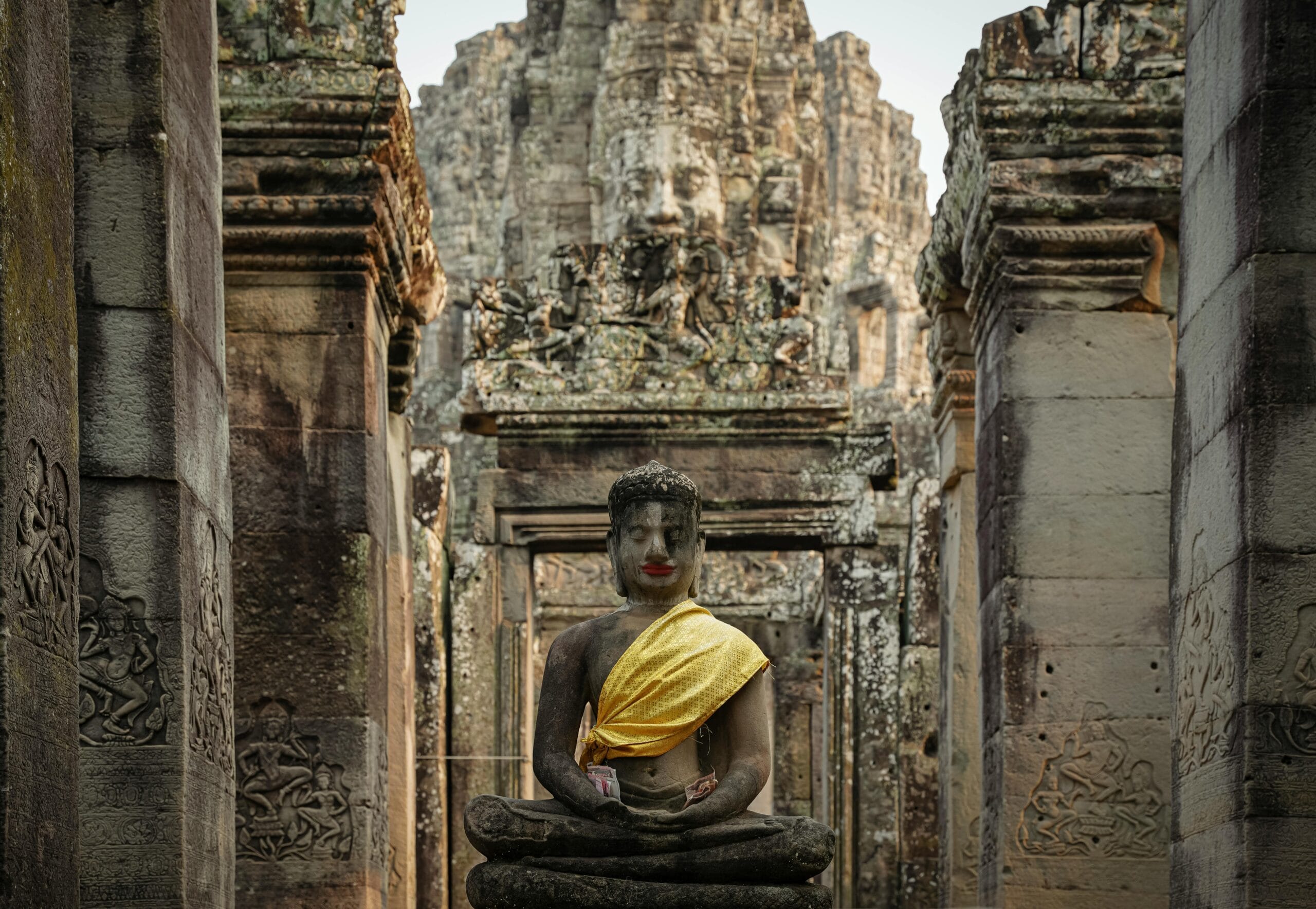Is Vedanta truly an indigenous Indian tradition, or do its origins lie elsewhere? This article delves into the historical context of Vedanta, tracing its evolution in India and examining its claims as a core element of Indian culture. By exploring historical evidence and scholarly perspectives, we aim to provide a clearer understanding of Vedanta’s place in the tapestry of Indian history.
Table of Contents:
- The Question of Origin: Is Vedanta Indigenous?
- The Role of Language: Examining the Origins of Sanskrit
- Geographical Limitations: Sanskrit's Reach in Ancient India
- The Chronological Problem: When Did Vedanta Emerge?
- Debunking the Myth of Adi Shankaracharya: The First Vedantin
- Historical Evidence: Dating Shankaracharya
- The Problem of Language: Examining the Timeline of Buddhist Texts
- The Question of Hindu Identity: Tracing the Origins of the Term
- Examining Vedanta: A Distorted Version of Buddhism
- Infiltration of Mahayana Buddhism
- The Disconnect from the Bahujan: Examining the Origins of Brahmanical Views
- What can you do?
- Understanding Key Terms
The Question of Origin: Is Vedanta Indigenous?
When discussing Indian history and culture, there’s often an emphasis on returning to our roots, to our original civilisation. However, when Vedanta is promoted, it’s crucial to investigate whether it truly represents our original culture.
Before embracing Vedanta as a part of our heritage, we must examine its origins and development in India. Is it a genuine expression of Indian culture, or something that emerged later and was subsequently integrated? Therefore, understanding the origins of Vedanta is very crucial.
The Role of Language: Examining the Origins of Sanskrit
The Importance of Language in Cultural Identity
To understand the origins of Vedanta, we must first examine the language in which its foundational texts were written – Sanskrit.
The language in which religious and philosophical texts are written plays a crucial role in determining their historical context and origins. If we are presented with texts written in a particular language and told that they represent the core of our culture, it’s essential to investigate when that language emerged and how it evolved.
This is similar to how we would approach texts written in Urdu or any other language; we would examine their historical background to determine when they appeared in India.
The Testimony of Inscriptions: Early Evidence of Sanskrit
According to the book “Indian Epigraphy” by D.C. Sircar, a renowned historian whose work is widely used by history students and scholars, inscriptions from the Saka, Kushana, and other rulers of northwestern India were written in a mixture of Prakrit and Sanskrit.


This suggests that Sanskrit was not fully developed at the time and existed in a hybrid form. Sircar further points out that these inscriptions were primarily found in the northwestern regions of India, not across the entire subcontinent.
This challenges the notion that Sanskrit was a widespread language throughout India from ancient times. These rulers didn’t use complete Sanskrit to write. This shows that Sanskrit wasn’t fully developed then.
The Case of the Junagadh Inscription
The Junagadh inscription of Rudradaman, a Saka ruler from 150 AD, is often cited as an example of early Sanskrit composition.
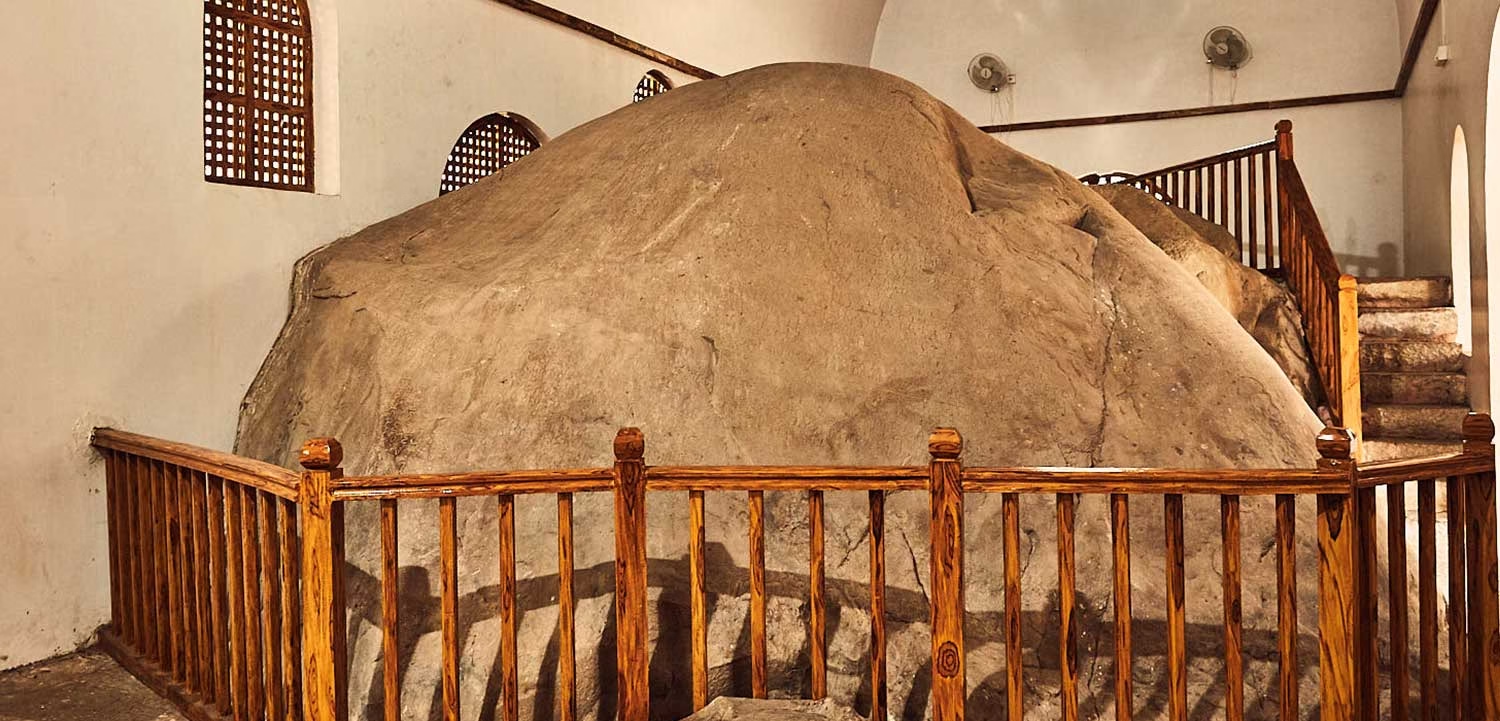
However, even this inscription is debated among historians, with some arguing that it contains Prakrit influences and is not purely Sanskrit. More importantly, a Buddhist king, not Brahminical authorities, commissioned the inscription. This raises questions about the association of early Sanskrit with specific religious or social groups.
The Absence of Sanskrit in Early Buddhist Texts
Furthermore, the coins and inscriptions of the Kushana rulers, who were contemporaries of the Saka, predominantly used Prakrit and Greek scripts, not Sanskrit.
Buddhist symbolism is present in Indo-Scythian coinage. The Indo-Scythians adopted the Indo-Greek practice (since Menander I) of depicting gods forming the vitarka mudra with their right hand (like Zeus on the coins of Maues or Azes II), the Buddhist lion on the coins of those two kings, or the triratana symbol on the coins of Zeionises.

This further supports the argument that Sanskrit was not the dominant language of the region during that period. Therefore, the claim that Sanskrit was the primary language of ancient India and the language in which the Vedas and Upanishads were originally composed is questionable.
Buddhist Hybrid Sanskrit
Some scholars refer to the language used in certain Buddhist texts as “Buddhist Hybrid Sanskrit,” suggesting that it was a modified form of Sanskrit influenced by Pali and Prakrit. This highlights the complex linguistic landscape of ancient India and the interaction between different languages and cultures. It’s important to note that the development and use of Sanskrit was not solely a Brahminical endeavor; Buddhist scholars also played a role in its evolution. If we consider the Buddhist Hybrid Sanskrit, it should be Buddhist hybrid Pali-Prakrit.
Consequently, the origins of vedanta is complex and have varied linguistic influences.
Geographical Limitations: Sanskrit’s Reach in Ancient India
The Centre of Power: Magadha and the Absence of Sanskrit
It’s crucial to note that Sanskrit did not reach Magadha or Pataliputra, which were the main centers of power in ancient India and the regions where Buddha and Mahavira lived and preached. This challenges the notion that Sanskrit was a pan-Indian language that permeated all regions of the subcontinent.
The fact that Sanskrit emerged relatively late in certain regions of India raises questions about its role in shaping the religious and philosophical traditions of those regions.
The Testimony of Research: Brahmanism in Northwest India
Research indicates that Brahmanism was largely confined to the northwestern regions of India during the time of the Buddha which is discussed below.
This further supports the argument that Sanskrit, which was associated with Brahmanical traditions, did not have a widespread presence in other parts of India during that period. The absence of Sanskrit in the regions where Buddhism flourished suggests that the religious and philosophical landscape of those regions was shaped by different linguistic and cultural influences.
Examining Research Papers on the Subject
In a research paper, “At the source of the sky“, it is stated that Brahmanism didn’t flourish in the same place Buddha was preaching. According to the research, it was concentrated in the north-west corner of the sub-continent.

The author of the research paper is questioning, if the origins of Upanishad and vedanta is Buddhist, why would Buddha fight Brahman?
The Chronological Problem: When Did Vedanta Emerge?
Challenging the Traditional Timeline
If Sanskrit was not fully developed until after the time of the Buddha, then the claim that the Upanishads and Vedanta were composed in Sanskrit during that period becomes highly problematic. This raises questions about the traditional timeline of Indian philosophy and the origins of Vedanta.
The assertion that the Vedas and Upanishads predate the Buddha and were the source of his enlightenment is not supported by historical evidence.
Debunking the Myth of Adi Shankaracharya: The First Vedantin
Adi Shankaracharya: A Later Figure in Indian History
Another key aspect of the debate surrounding Vedanta’s origins of vedanta is the figure of Adi Shankaracharya, who historians often portray as the first major proponent of Vedanta philosophy.

However, historical evidence suggests that Shankaracharya lived much later than is commonly believed, around the 8th-9th century AD. The assertion that Shankaracharya was a figure from 3000-4000 years ago is not supported by historical evidence.
Contradictory Accounts of Shankaracharya’s Timeline
Some accounts claim that Shankaracharya was born 600 years after the beginning of the Kali Yuga, while others place his birth in 2157 of the Yudhishthira Samvat. These contradictory accounts highlight the lack of reliable historical information about Shankaracharya’s life and times. Some people claim that Shankar was born in 239 BC. This timeline is to establish Shankar as the oldest, and with that, establish Upanishad as oldest.

Shankaracharya’s Borrowings from Buddhist Philosophy
Furthermore, a closer examination of Shankaracharya’s works reveals that he borrowed heavily from Buddhist philosophical concepts.


Many of the verses attributed to Shankaracharya can be traced back to the writings of Buddhist philosophers like Dharmakirti. This raises questions about the originality of Shankaracharya’s ideas and the extent to which he was influenced by Buddhist thought.
Professor Jagannath Upadhyay’s Perspective
Professor Jagannath Upadhyay has even stated that Shankaracharya was like an adopted son of the Buddhists. He writes that Shankaracharya has inherited the intellectual property of Buddhist after Buddhism declined. He further adds that it is expected that the person should be grateful to the source.

Historical Evidence: Dating Shankaracharya
Dating Shankaracharya: 788 CE
Historical evidence suggests that Shankaracharya lived in the 8th-9th century CE. The most widely accepted timeline is that his birth was in 788 CE, and his death in 820 CE. The historical records suggest that Shankar lived after 650 CE. Dharmakirti came to India in 634 CE. Shankaracharya’s student, Sureshwar, was mentioned by Vidyanand in 730 CE to 830 CE. All the facts suggest that Shankaracharya lived in the 8th-9th century, and not before.

The Problem of Language: Examining the Timeline of Buddhist Texts
The Language Barrier: Examining the Pali Language
It is not factually correct to say that Shankar lived 200 years before Buddha, as some claim. Given the fact that Pali and Prakrit were the languages prevalent during Buddha’s time, there is no way the vedanta existed then.
The Question of Hindu Identity: Tracing the Origins of the Term
The Term Hindu: A Relatively Recent Invention
It’s important to remember that the term “Hindu” itself is a relatively recent invention. Neither Shankaracharya nor Ramanujacharya, another influential figure in Vedanta philosophy, ever identified themselves as “Hindu.”
This raises questions about the historical continuity of Hinduism as a distinct religious identity and the extent to which it was shaped by later social and political forces.
Examining Vedanta: A Distorted Version of Buddhism
A Perversion of Buddhism: Examining the Teachings of Vedanta
According to many across the world, Vedanta is just a perverted version of Buddhism. They allege that all the concepts have been taken from Buddhism. People who praise Vedanta don’t talk about the equivalent of Buddhism. It has been alleged that a lot of Buddhist concepts were appropriated.
Infiltration of Mahayana Buddhism
Infiltration: The Allegations Against Vedanta
It has been alleged that Vedanta has infiltrated Mahayana Buddhism. They have allegedly added their concepts of atma in the mix, which the Buddha himself rejected.



The Disconnect from the Bahujan: Examining the Origins of Brahmanical Views
Examining Brahmanical Views: Allegations Against Lower Castes
According to the Brahmanical text, Shudras are uncultured and should not be given any sanskar. This comes from the Brahmanical text’s smriti. According to the text, if Shudras study the vedas, their tongue should be cut off.


They should also not be given any kind of education. In this regard, how can Shankar be everyone’s God? How can people be okay with that? All the facts and evidence suggest that the beliefs and practices were forcefully imposed on the Bahujans. According to the text, Sudras are not meant to study vedas. Then, how can their ancestors’ studies and knowledge be Vedic?
What can you do?
In light of these historical findings, it’s crucial to approach claims about Vedanta’s origins and its role in Indian culture with a critical and informed perspective. By engaging with diverse sources, examining historical evidence, and questioning established narratives, we can gain a more nuanced understanding of India’s rich and complex history.
We must remember the contribution of those like Mahatma Phule who opened first school for Bahujans. Let’s commit to promoting critical thinking and challenging misinformation, fostering a deeper appreciation for India’s diverse cultural heritage. If Vedanta’s roots are intertwined with Buddhism, how does this change our understanding of Indian philosophical history?
Understanding Key Terms
Before diving into the history of Vedanta, let’s define some key terms that will be used throughout this article:
- Vedanta: A school of Hindu philosophy that focuses on the interpretation of the Upanishads. Often considered the essence of the
Vedas. - Upanishads: Ancient Sanskrit texts that contain central philosophical concepts of Hinduism. They form the basis of Vedanta philosophy.
- Sanskrit: An ancient Indo-Aryan language, considered the sacred language of Hinduism and the language in which many important philosophical and religious texts were written.
- Pali and Prakrit: Ancient Indian languages that were commonly used during the time of the Buddha and were the languages in which many Buddhist texts were written.
Books used in this article.
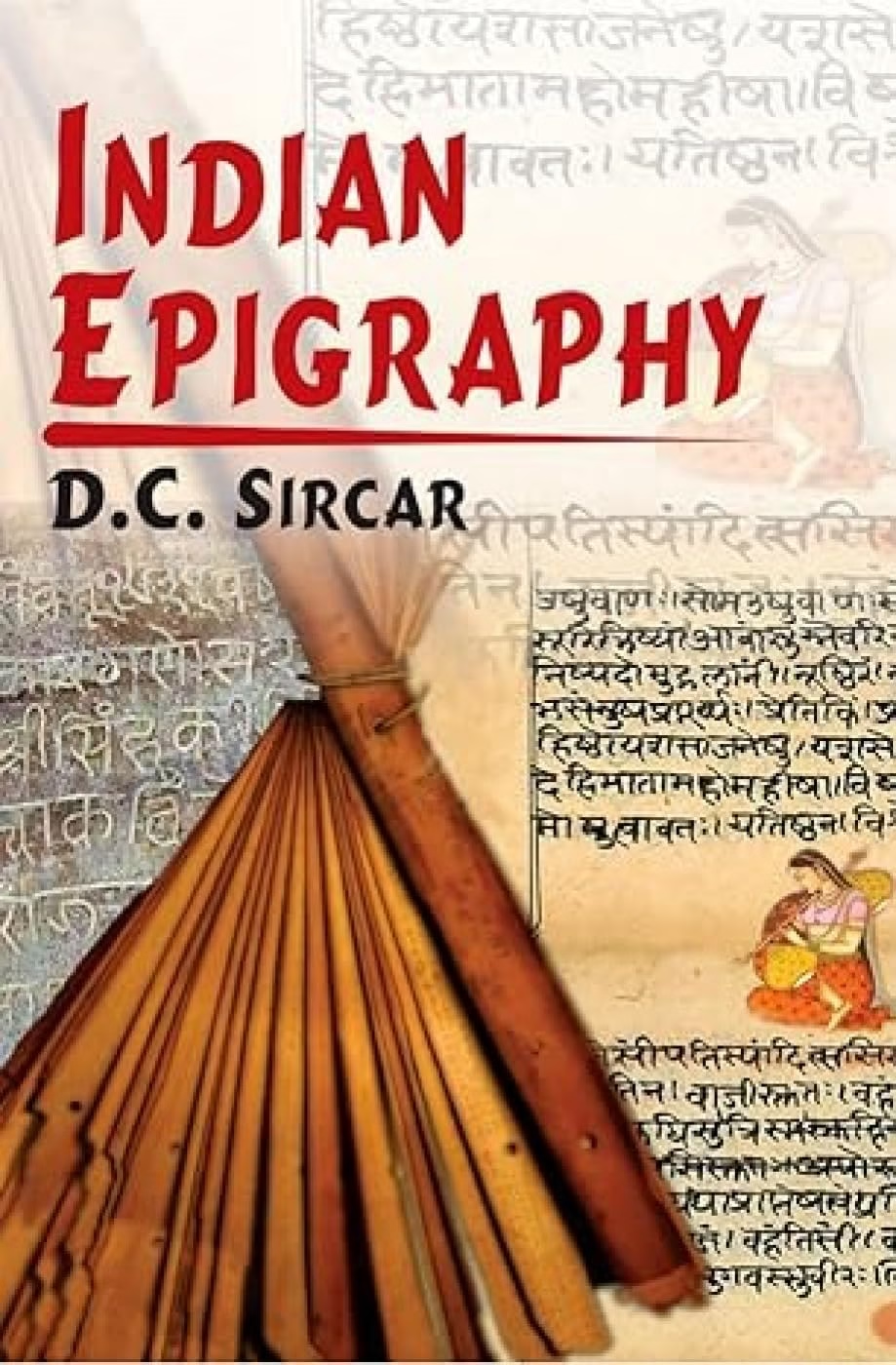
The most significant of India’s contributions of the civilization of the world was made in the ancient period. Unfortunately, the history of this glorious epoch, which is an interesting chapter in the annals of human civilization, was lost and we have been reconstructing it on the basis of information gathered from various sources. Of these, epigraphy is the most important, since the major part of what we already know about ancient India is derived from the study of inscriptions.
In the present work, Professor D.C. Sircar deals with various problems relating to Indian epigraphy and it is expected to be useful to people interested in ancient Indian history in general and Indian inscriptions in particular. Some of the topics discussed herein are: inscriptions and their evidence, languages in which the inscriptions are written, writing materials, the preparation and preservation of documents, copperplate grants, stanzas on bhumi-dana, Indian epigraphy abroad, systems of dating and the different eras, technical expressions including royal titles and official designations, taxes, land measures, nomenclature, etc.
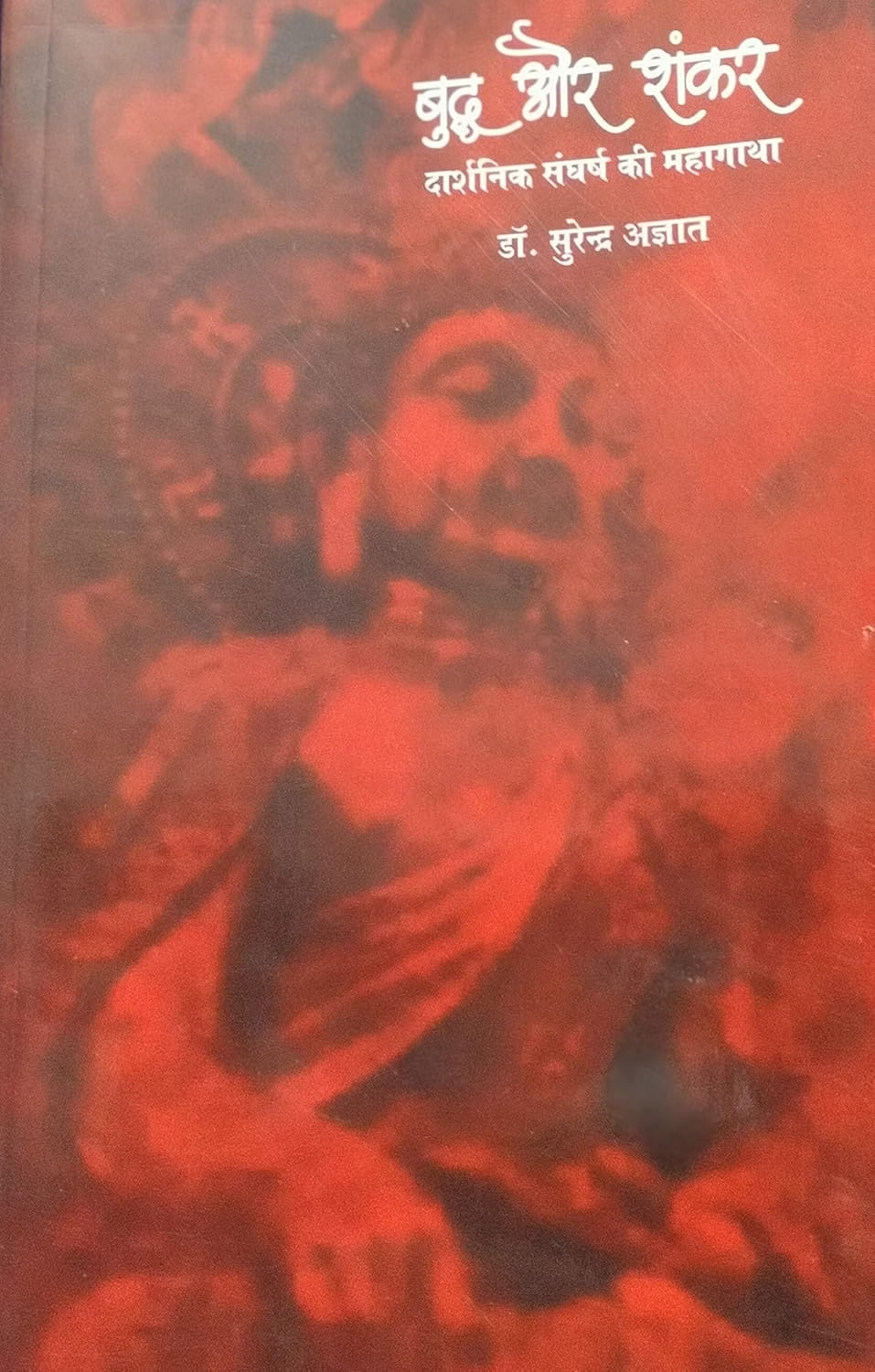
Buddh Aur Shankar’ (बुद्ध और शंकर) is a book written by Dr. Surendra Agyat. This book delves into the lives and philosophies of two great spiritual teachers of India: Gautam Buddha, the founder of Buddhism, and Adi Shankaracharya, a key figure in Advaita Vedanta.
The book offers insights into the distinct philosophical approaches, concepts of God (or the lack thereof), and the social implications of their teachings. Shankaracharya’s work reinforced Vedic traditions and the caste system, while Buddha challenged the social hierarchies of his time, advocating for the equality of all.
In essence, “Buddh Aur Shankar” serves as an exploration of the philosophical divergence and common spiritual ground between these two influential figures in Indian thought.
Read more about the True History of Ayodhya.
Find out more about the untold history of Rajasthan.
Do you disagree with this article? If you have strong evidence to back up your claims, we invite you to join our live debates every Sunday, Tuesday, and Thursday on YouTube. Let’s engage in a respectful, evidence-based discussion to uncover the truth. Watch the latest debate on this topic below and share your perspective!
